Defense mechanisms are ways butterfly caterpillars protect themselves from predators. Caterpillars are the most vulnerable stage in the butterfly’s life cycle. Various predators can eat them, including birds, snakes, frogs, and more.
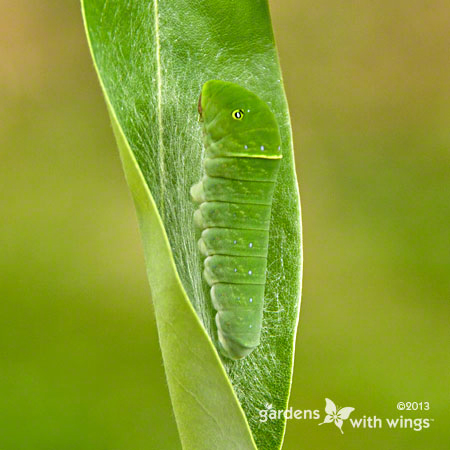
There are many defenses caterpillars use to protect themselves, such as camouflage, repellent chemicals, mimicry, and hiding to ward off their enemies.
4 Caterpillar Defenses Against Predators
1. Camouflage Defense
Some caterpillars have evolved to blend in with their surroundings, which makes it difficult for predators to spot them. For example, the Sleepy Orange caterpillar has a slender green body, making it difficult for predators to see it against a leaf.
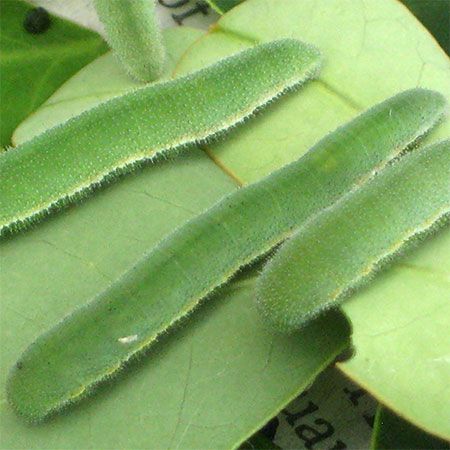
Being camouflaged is just one of many ways caterpillars protect themselves. Another defense mechanism is mimicry.
2. Mimicry Defense
Some caterpillar species mimic the appearance of dangerous animals or bird poop. For example, The Tiger Swallowtail’s fake eyes mimic the appearance of a snake. Fake eyes can be very realistic to deter predators in several ways.
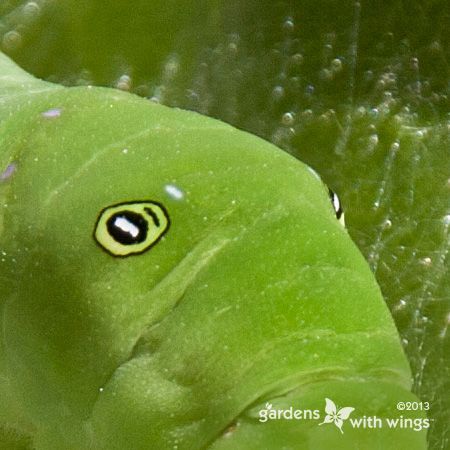
First, they can make the caterpillar look larger than it is, which can be intimidating to predators. Second, they can mimic the eyes of other, more dangerous animals, such as snakes. The snake eye appearance can startle predators and make them think twice about attacking.
Read more: Tips to Find Caterpillars
The Giant Swallowtail caterpillar is brown with white markings. Due to its appearance, many call it the ‘bird poop caterpillar’. In this case, it mimics bird droppings, which predators do not typically eat.
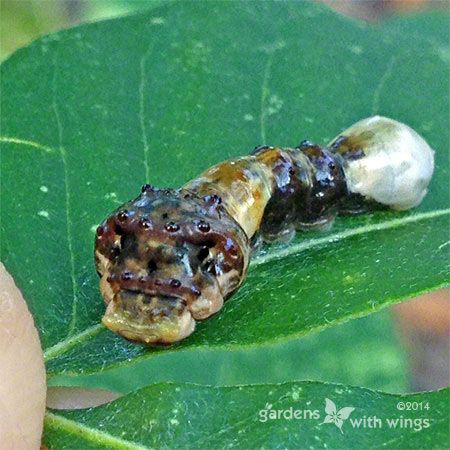
2. Repellent Chemicals
Some caterpillar species release unpleasant chemicals to predators. These chemicals can taste bad or even be toxic. For example, the Black Swallowtail caterpillar has an osmeterium, a forked organ that emits a foul-smelling substance to help deter predators.
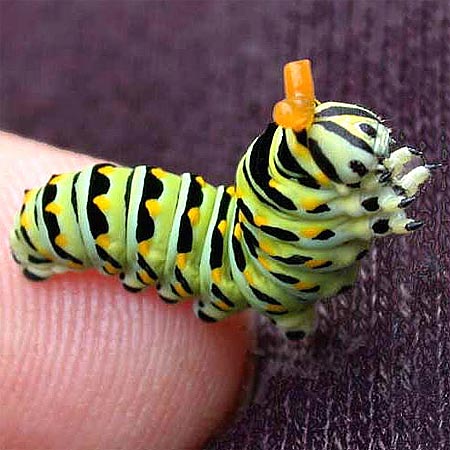
Many types of butterfly caterpillars are toxic. Two common ones are the Monarch and Mourning Cloak. If you are unsure whether a caterpillar is poisonous, it is best to avoid touching it. The last defense we will discuss is simply hiding.
4. Hiding
Some caterpillar species will hide in leaves, flowers, or other vegetation, making it difficult for predators to find them. For example, the Spicebush Swallowtail releases silk while crawling back and forth on leaves. The silk folds the leaf, which allows the caterpillar to crawl inside for protection.
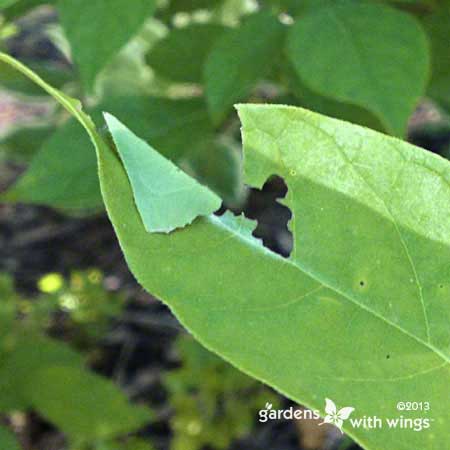
These are just a few of the many defenses butterfly caterpillars have to protect themselves from predators. These defenses help caterpillars survive and to enter the next lifecycle stage, chrysalis.




